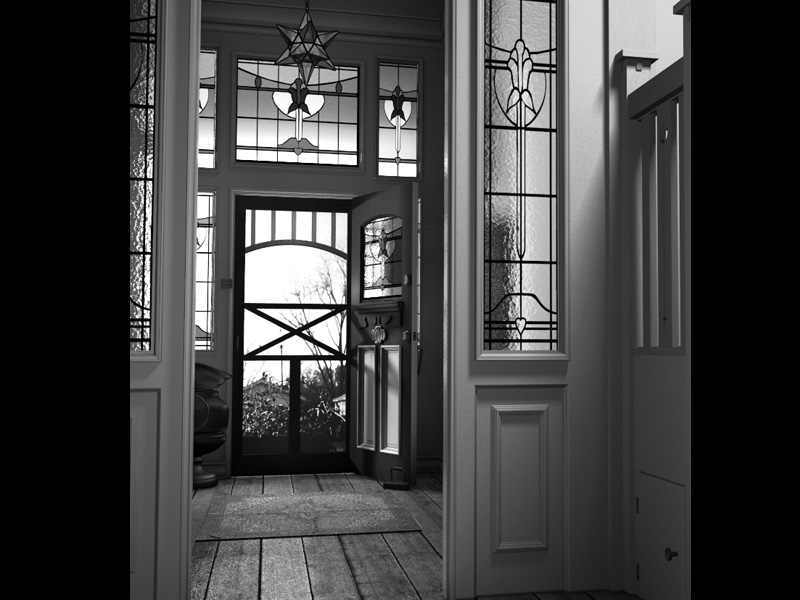Beginner's Lighting and Texturing - Product and ArchViz
Total runtime of this learning path is 36 hours 26 minutes. It contains 66 individual lessons.
Go from lighting novice to become a well-rounded artist with the skills required to take on work in visualizations, one of the largest fields in the 3D industry. Here you'll learn to build the scenes and set up lighting and materials for a wide range of scenarios, thus allowing you to create complex product shots and highly realistic architectural visualizations, including the making of different types of cloth for all your needs in interior scenes.
-
Photorealistic Toy Car - Complete Workflow
Learn the workflow to create high quality product shots of more complex models. In this course we look at how to build a 3D replica of a toy car with all the component parts through box modeling techniques, before lighting it up with luminous polygons, showing you how to get the most out of LightWave's powerful renderer.
-
ArchViz Interiors Volume 1 - Modeling
Creating realistic interiors is a great skill to master for any artist and in this series we show you how it's done. Starting with the structural modeling we build the framework of the room with windows, trim, stairs and doors, before moving onto some typical items found in interior scenes such as lamps and vases. This project will teach you how to work to scale and proportion to construct a solid model that can be passed down the archviz pipeline for rendering.
-
ArchViz Interiors Volume 2 - Texturing and Lighting
Learn to light and render interiors in this step-by-step project taking you from grayscale to fully textured and lit scene in LightWave. We start off by creating a light rig to test render our materials under, with focus on the stained and frosted glass windows. We then continue to set up lighting with radiosity, as well as placing physical lights to simulate bounce lighting and fake the radiosity effect. Throughout this course you'll develop the observational skills to tackle your own interior scenes in LightWave with a high level of realism, as well as gain the technical knowledge to optimize your renders to save on time.
-
Mood Lighting - Candlelit Scene
Learn the skills involved in scene lighting for different occasions in this project where we create a candlelit night time scene. After modeling some common household objects for the set we focus on composition and overall lighting, making realistic looking materials for wood, metals and mirror glass. Extra attention is spent on constructing the candle wax shader with subsurface scattering, before we finish off the scene with a candle flame using volumetric effect.




